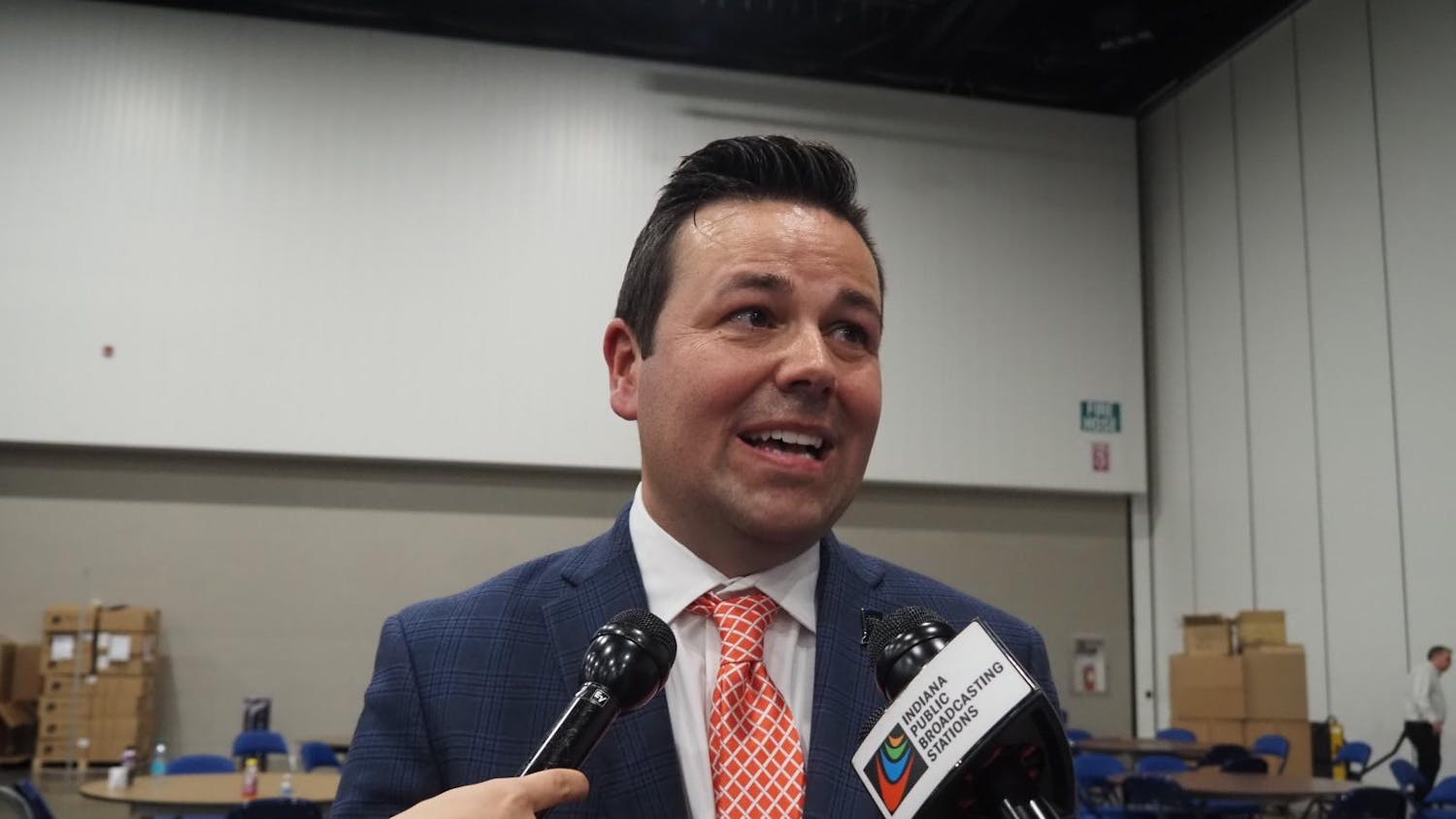The fast-pace world of graphic design met the slow pace of a small town in Wisconsin to create “Typeface,” a documentary presented Tuesday at the School of Fine Arts.
The film was screened free to the public and was followed by a question-and-answer session with panelists, including the film’s director Justine Nagan.
The documentary, produced by Kartemquin Films, a Chicago-based company, tells the story of a museum named the Hamilton Wood Type and Printing Museum located in Two Rivers, Wis. The museum is dedicated to preserving the art and history of wood type, or the use of wooden letters to print anything from artistic posters to birthday cards.
“I stumbled on the museum on the way back from a wedding,” said Nagan, who is also the film company’s executive director. “It was originally going to be a ten-minute short, but we ended up making a full-length film about it.”
Nagan also addressed topography in the 21st century. Computers have pushed the wood type press into the past, but she found artists in places such as Chicago and Two Rivers who still have a passion for the art.
Brittany Skwierczynski, a senior finishing her BFA in Graphic Design, also sat on the panel and said she feels wood type is an art form that should not be allowed to slip away.
“I fell in love with wood type in my first typography class,” Skwierczynski said. “I like working with my hands a lot, so when I take typography classes using a computer, I always try to take a class that uses a letterpress too. I’ve found that my work on the computer gets better because I use a letterpress.”
Despite the passion for wood type highlighted in the film, the museum and town of Two Rivers are in constant financial trouble. Many scenes of the movie included an empty museum and downtown.
Several audience members expressed their concern and asked how the museum was doing financially.
“There are about 1,400 posters available online that can be bought, and we had a big turnout at the museum this summer,” said Jim Moran, director of the museum. “We put a book out about the museum in 2004, but it would be difficult to produce another one. We just don’t have the money.”
Nagan said it took four years to film the documentary, but financial matters have changed in a more positive direction since production ended.
“Things were pretty dire,” Nagan said. “Although we put happier footage in the credits, we wanted to make a film that raised questions, not make things appear all rosy.”
Senior Stephani Allan, who studies studio art and French said she was inspired to attend the screening when her associate professor of graphic design Paul Brown made an announcement in her class.
“I am taking a topography class right now, and we’re learning about type press,” Allan said. “The film was really good.”
Film highlights art of ‘Typeface’
Get stories like this in your inbox
Subscribe





